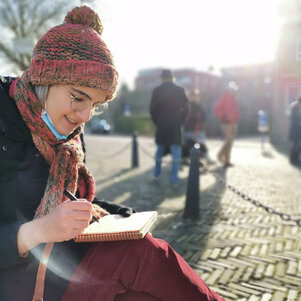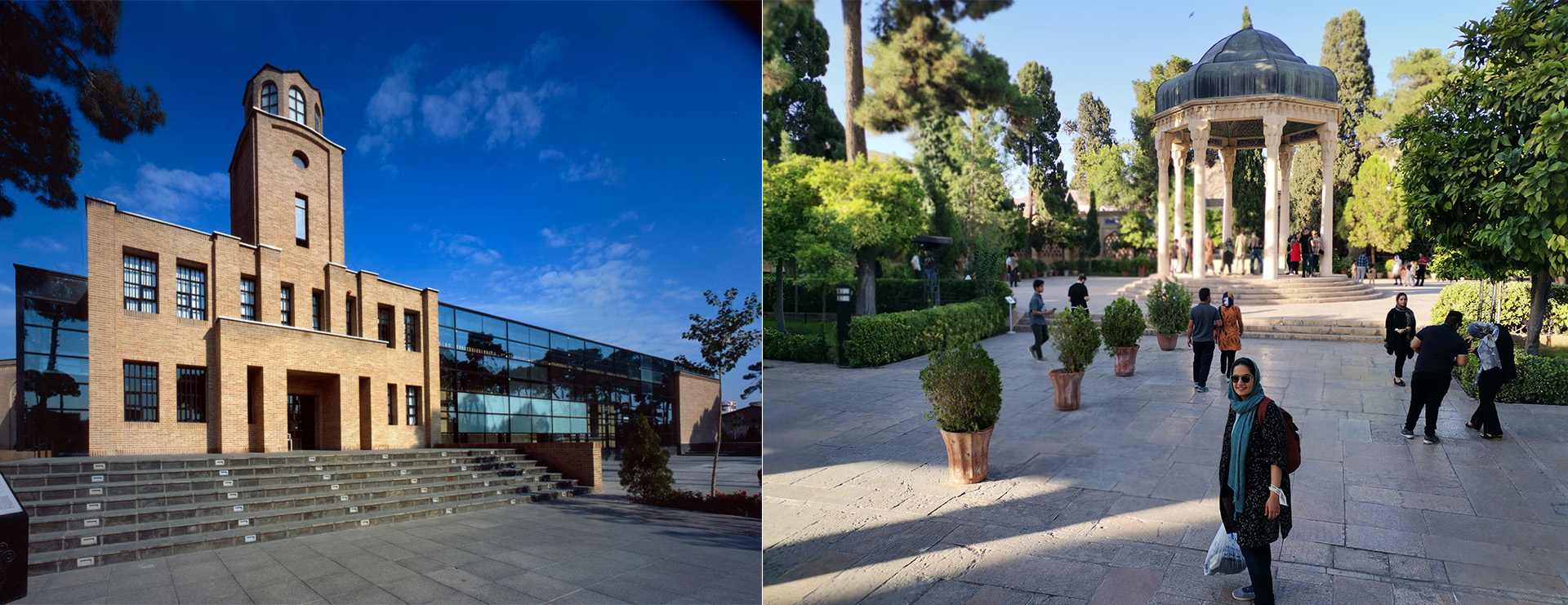Built heritage can be amended to fulfil vital new functions like housing: a process known as Adaptive Reuse (AR). This way, we avoid potentially expensive and environmentally costly new construction. But how do we find the right balance between cultural preservation, economic incentives, environmental impact, and social functions? Fatemeh Hedieh Arfa studied international knowledge of AR for her PhD research, with an emphasis on the Netherlands and Iran.
Hedieh was quite literally born for this topic. “The grandfather of my mother was a famous local architect. While growing up I was surrounded by his structures, which are now protected heritage.” During her studies, she became convinced of the importance of preserving and updating built heritage. “I was part of a wider trend in architectural circles: a shift away from massive new construction and towards retrofitting.”
The steps, and pitfalls, of Adaptive Reuse
Hedieh started her PhD by building a model based on existing knowledge of AR practices, which includes 10 possible steps.
0. Initiative. An authority has to decide to keep a structure instead of demolishing it.
1. Analysis of the building. “At this stage, the social aspect is often overlooked. It is vital to include those currently using or living near the structure.”
2. Value assessment & 3. Mapping level of significance. There are many types of value: “we often rely too heavily on historical value while ignoring local and environmental concerns.”
4. Determining AR potential. At this point, it is important to consider the needs and wishes of future users. What does the local community want from the structure?
5. Defining a design strategy. “This step depends on a country’s culture. For example, Dutch people care more about functionality, while Italians want perfect historical preservation.”
6. Final decision-making. All stakeholders have to agree on the plan. “At this stage, it often fails due to financial concerns. The process then reverts to a previous step.”
7. Execution. “The challenge is to keep the architects of the reuse project involved, because this step always reveals new opportunities and difficulties.”
8. Aftercare and maintenance. “If this step is neglected, you quickly return to the original problem of unused heritage. Fortunately, presenting a long-term plan is legally required for reuse projects in the Netherlands.”
9. Evaluation after years. A neglected but crucial final step, which often leads to additional modifications to keep in line with values, purpose, and users’ wishes.
Dutch traditions, Iranian challenges
The next phase of Hedieh’s work was identifying possible impacts of AR projects. She learned Dutch in order to review the documents of NRP’s Golden Phoenix Prize and interview experts and architects involved in winning projects. “The Netherlands is a frontrunner in preserving built heritage: a tradition started in the 1960s and reinforced by recent economic struggles and vacancy issues.” The result is an impressive 108 impacts, divided into six categories. To conclude this Dutch phase of her research, Hedieh analysed four previous winners of the Prize using her own model.
With this accumulation of knowledge in hand, Hedieh shifted her attention to Iran. Interviews with local experts and case studies served to highlight discrepancies with her previous work. For example: “in Iran, data is seen as a private form of wealth. This makes analyses and assessments much more difficult.” Like in Italy, historical values are considered much more important than social or environmental ones. In fact, structures that have stood for at least a century are protected by such strict laws that “it is almost impossible to apply AR.”
The users: often the missing link
Hedieh’s most important and perhaps most obvious lesson is to consider reusing instead of demolition. After all: “If done correctly, AR benefits heritage preservation, addresses challenges such as vacancy, and contributes to a CO2-neutral world.” But as her work demonstrates, it can be a challenge to get AR right. One vital method she champions is the inclusion of users in the process. “Look at Fort van Hoofddorp. The developers interviewed people in the vicinity throughout the project, and it was a big success! On the other hand, you can have the most impressive design strategy in the world, but if nobody uses the finished structure, your impact is zero.” Consider yourself warned.
Published: October 2024
More information
Fatemeh Hedieh Arfa defends her PhD thesis on Wednesday 16 October 2024 at 17:30.
Header image: Argo Gallery, made by Fatemeh Hedieh Arfa.



